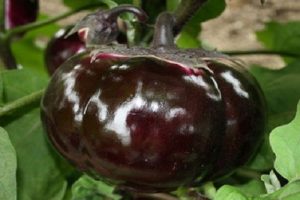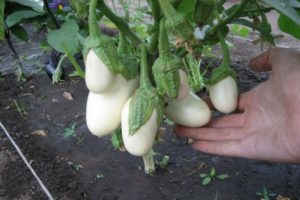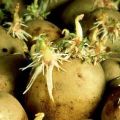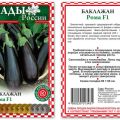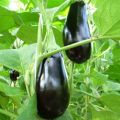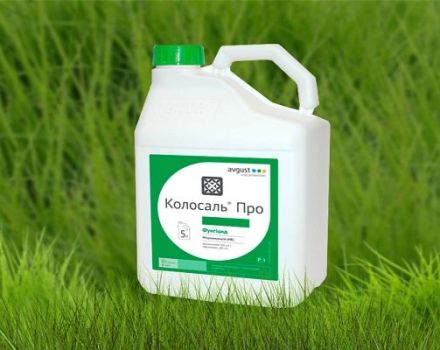Description of the Ultra Early F1 eggplant variety, its characteristics and yield
Various vegetables are grown in convenient greenhouses, among them you can also notice an unassuming eggplant called Ultra early F 1. It is often grown in greenhouse conditions in the middle zone, because this crop is quite thermophilic. Gardeners often choose this variety due to its low maturity and excellent yield indicators. Due to its early maturity, this variety can also be grown in the open field.
Description and characteristics of eggplant Ultra early F1
For the first time the variety was bred in Ukraine. Maturity: early ripe variety. The subspecies produces pear-shaped fruits with a rich purple tone weighing 120-140 grams. It differs from other species in its increased resistance to drought and disease. In the context of the fruit, the pulp is yellowish-white, without a bitter aftertaste. The bush turns out to be branched, up to 15 fruits can form on one bush. It takes 80-100 days to reach the technical maturity of the fruit.
Winter hardiness of the variety: the culture is very thermophilic, does not tolerate temperature drops, therefore it requires shelter during a cold snap and in intense heat.
Pros and cons of the variety
This subspecies has pronounced advantages, thanks to which many gardeners choose it:
- compact bushes;
- perfectly tolerates transportation;
- long-term storage;
- early maturity;
- excellent taste, without bitter aftertaste;
- increased resistance to disease and drought.
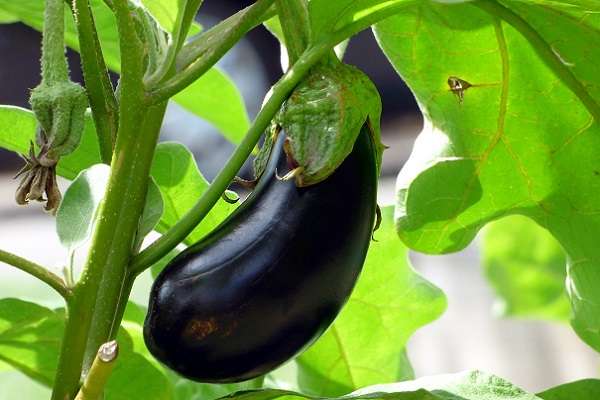
During cultivation, the following shortcomings of the variety are noticed:
- thermophilicity, does not tolerate temperature drops, needs shelter;
- susceptible to attacks of various pests;
- requires the care and attention of the gardener.
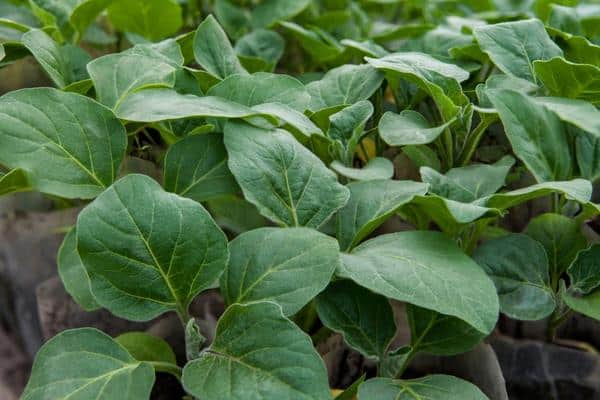
Growing features
This subspecies is suitable for growing in the open field, in order to get ripe fruits, seedlings are grown. These vegetables are very demanding on growing conditions. It is desirable that melons, cucumbers, cabbage, hot onions be cultivated on the site before them. It is undesirable to plant blue after nightshade crops.
In the fall, a soil mixture is prepared for planting an annual vegetable, digging is carried out to the depth of a bayonet shovel. If the acidity of the soil is high, then liming is necessary in the fall.
These vegetables require moisture and ample light. With shade and drought, they noticeably stop growing; yield indicators are falling. The optimum temperature for their development is + 25-28 degrees, the eggplants tolerate the heat normally.
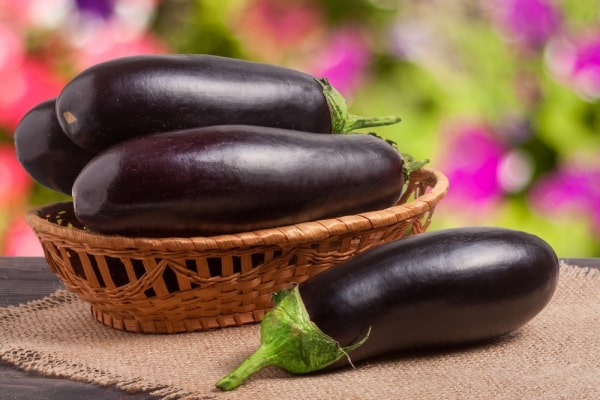
Landing dates
The planting time of the selected seeds depends on the growing region. In the period from 10 to 15 February, seeds are sown. In some regions, they sow from March 1 to March 15.
Sowing seeds and caring for seedlings
Some gardeners sow seeds already germinated, the selected seeds are placed in prepared individual pots. Before planting the selected material, the soil is watered with settled water. Deepen the germinated seeds by 2 centimeters. Sprinkle the seedlings on top with sifted earth. When planting, it is important to observe the temperature regime so that the sprouts rise on time. Place the seedlings in a draft-free place. During airing, ready-made sprouts are removed to another place.
Due to insufficient daylight hours, the sown seedlings are illuminated for the first time. The main task at this stage is to extend the daylight hours to 14 hours.

Also, caring for young sprouts includes watering, which is carried out as the earthen coma dries. The dried soil is sprayed with a spray gun. 15 days after transplanting the sprouts, it is necessary to replenish them with liquid formulations.
Any seedlings are hardened to get used to the outside temperature. Hardening begins 10 days before the intended planting in open soil.
Soil preparation and planting seedlings
For planting seedlings, make a deepening of 12 centimeters. Maintain a distance of 50 centimeters between the young. A small amount of ash is introduced into the holes, moistened with a weak solution of potassium permanganate. 15 days before planting the young are fertilized with a high-quality natural solution.
Young seedlings are carefully removed without disturbing the earthen coma. Then they are placed in prepared wells.

Care advice
Freshly planted seedlings are well watered after 3 days. The water used must be warm. To retain moisture, the trunk circle is mulched with dried straws, high-quality humus, sawdust. The blue ones have a developed system, thanks to which they perfectly withstand the sultry period. Vegetable culture needs periodic weeding and loosening of the soil, hilling bushes. In the cool period, feeding and watering is reduced to prevent root rot.
Watering
Beautiful eggplants require significantly more life-giving moisture than aromatic peppers. After transplanting into open soil, the sprouts are watered for the first time after 5 days. Watering frequency depends on weather conditions. On cloudy days, moisture is sufficient after 7 days. During the period of heat and drought - after 5 days.
It is important to know that eggplant sprouts are watered directly under the root, the foliage should not get wet. You need to water it with exceptionally warm water, its temperature should be in the range of 25-28 degrees, at lower temperatures there is a risk of a decrease in flowering.
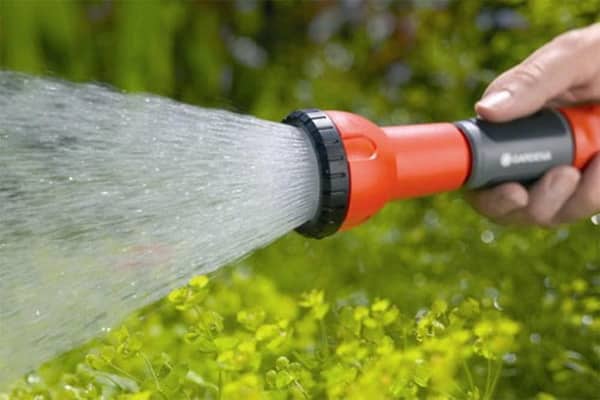
Top dressing
The first feeding is carried out 15 days after disembarkation of the young. The main thing is that during this time they have time to settle down and adapt. For this purpose, a complex composition is used. During bud formation, annuals need a balance of phosphorus and potassium. After the appearance of the first ovaries, the culture is fed with a nitrogen-phosphorus composition. Superphosphate and potassium salt are added a month before the desired harvest.
Loosening and weeding
Weeds attract harmful pests, plant diseases, so they should not be on the ridges with eggplants. Timely weeding of the beds will help prevent pest attacks. Loosening the soil is also required to provide life-giving oxygen to the roots. Loosening is enough to do once every 2 weeks.
Bush formation
It is necessary to form an eggplant bush due to the fragility of the shoots. Immediately after planting, the sprouts are attached to a small peg. The culture does not have to be pinned, the main thing is to remove yellow leaves and spoiled fruits in time.Do not remove the lower shoots that do not produce fruit, as they protect the soil from drying out.
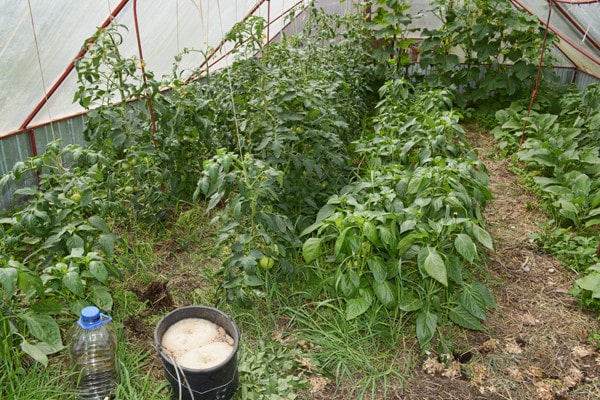
Protection against diseases and pests
For preventive purposes, the following recommendations are followed:
- do not allow strong temperature changes, excess moisture in the soil;
- carefully follow the order of crop rotation, do not plant eggplants in the same place;
- timely treat annuals with effective fungicides.
Viral eggplant diseases are treated with proven chemical compounds. They are saved from late blight by traditional means, for example, by the drug Quadris.
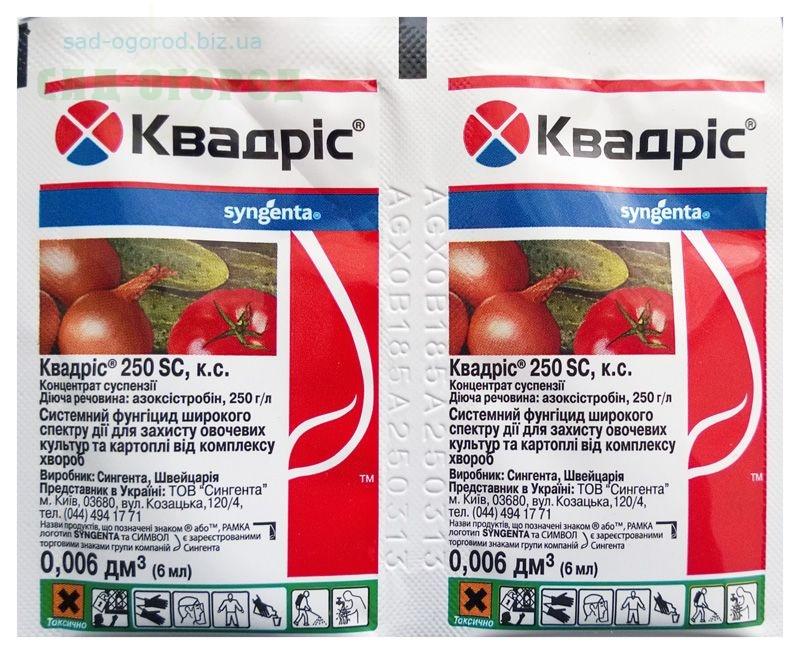
How and when to harvest
The fruits are plucked when they take on a black and purple color. If you overexpose the fruits in the garden, then they can become poisonous due to the accumulation of the harmful substance solanine in them. The pulp becomes hard and rough. It is better to cut off mature specimens. The plant has sharp thorns, so you need to harvest carefully. Raw fruits are not suitable for consumption.
Storage
Store ready-made eggplants in a cool room with a minimum level of humidity. Subject to optimal storage conditions, it is possible to store vegetables until the onset of cold weather.
